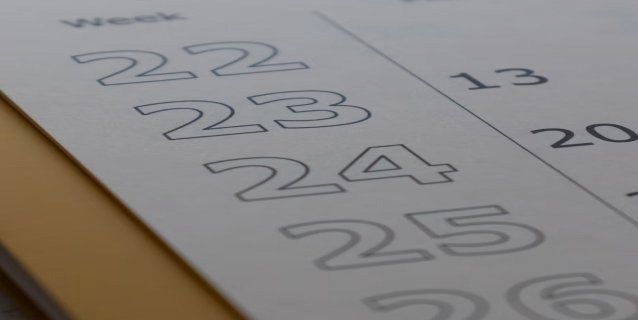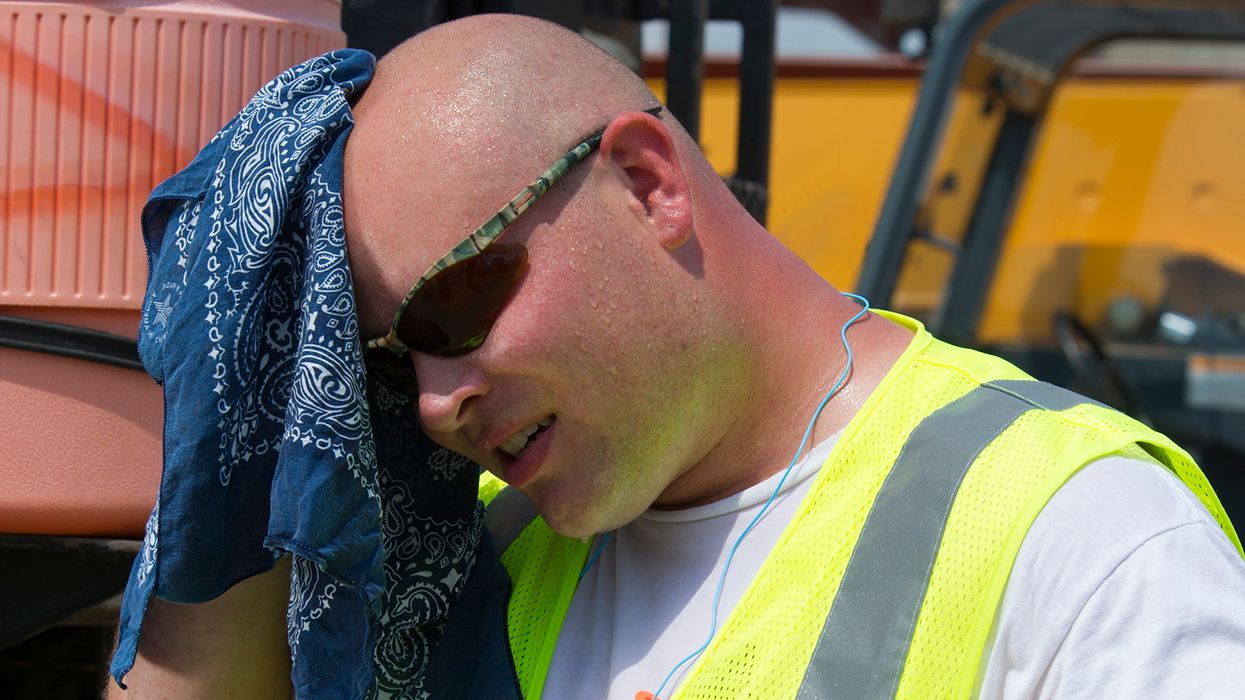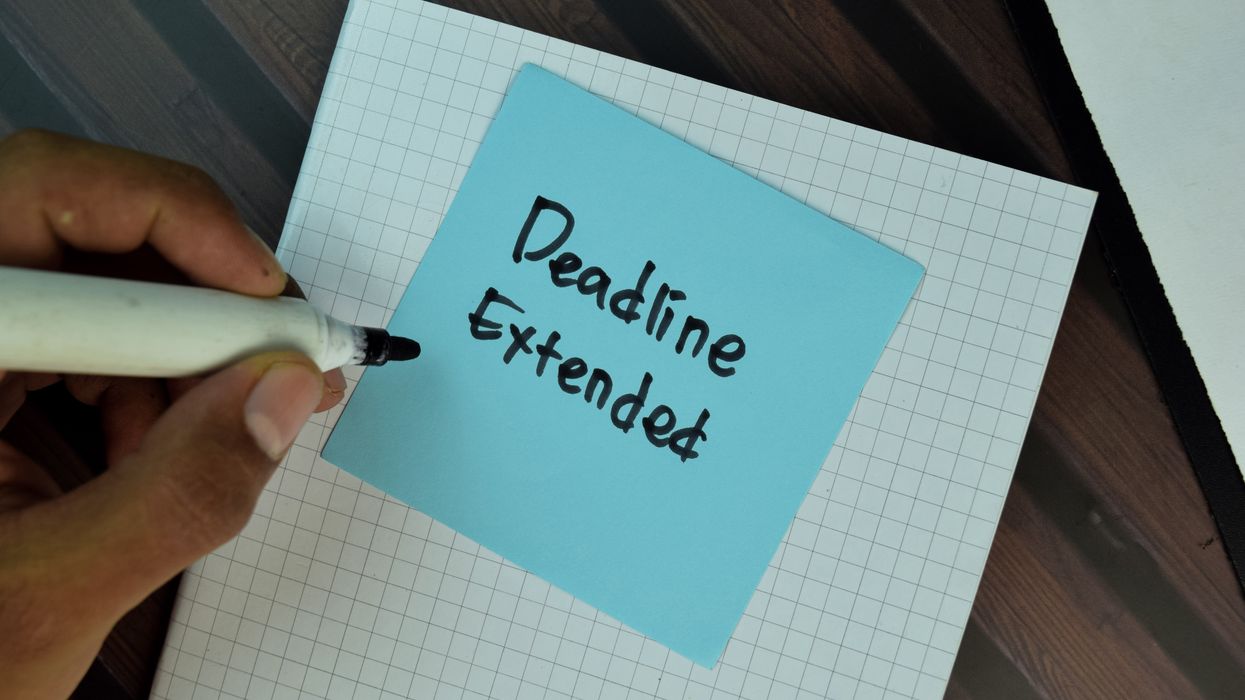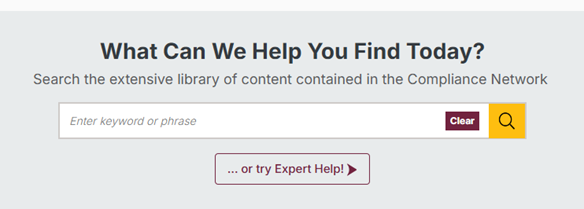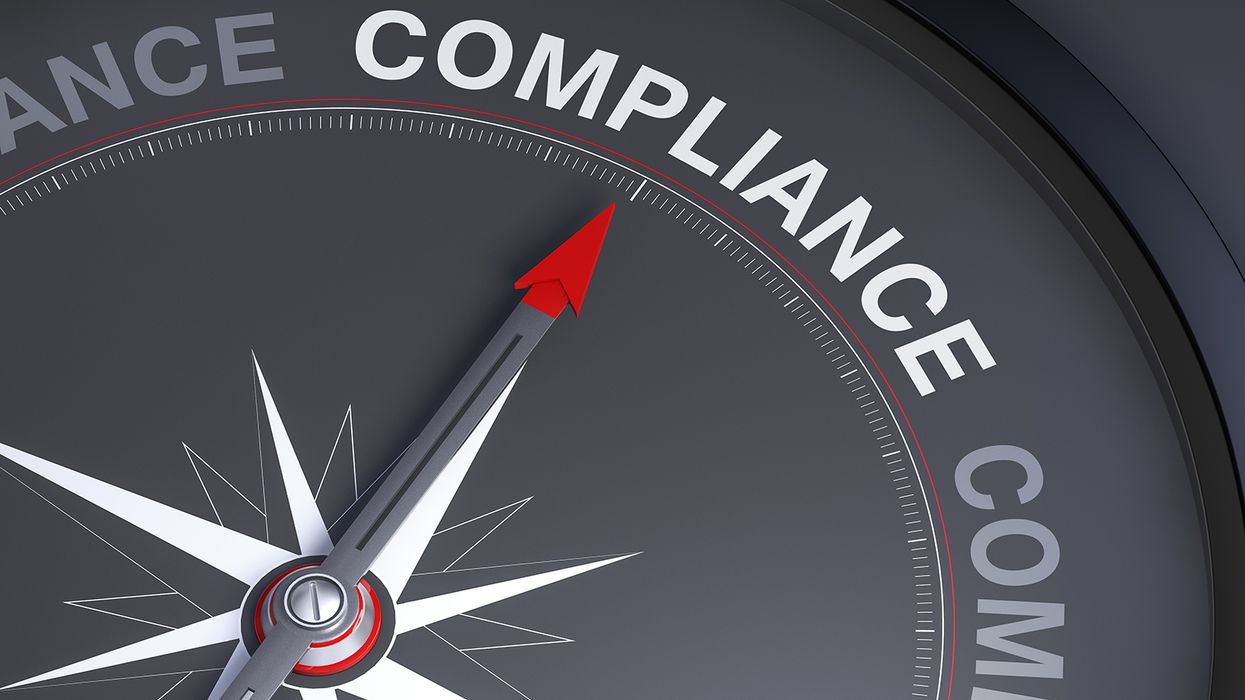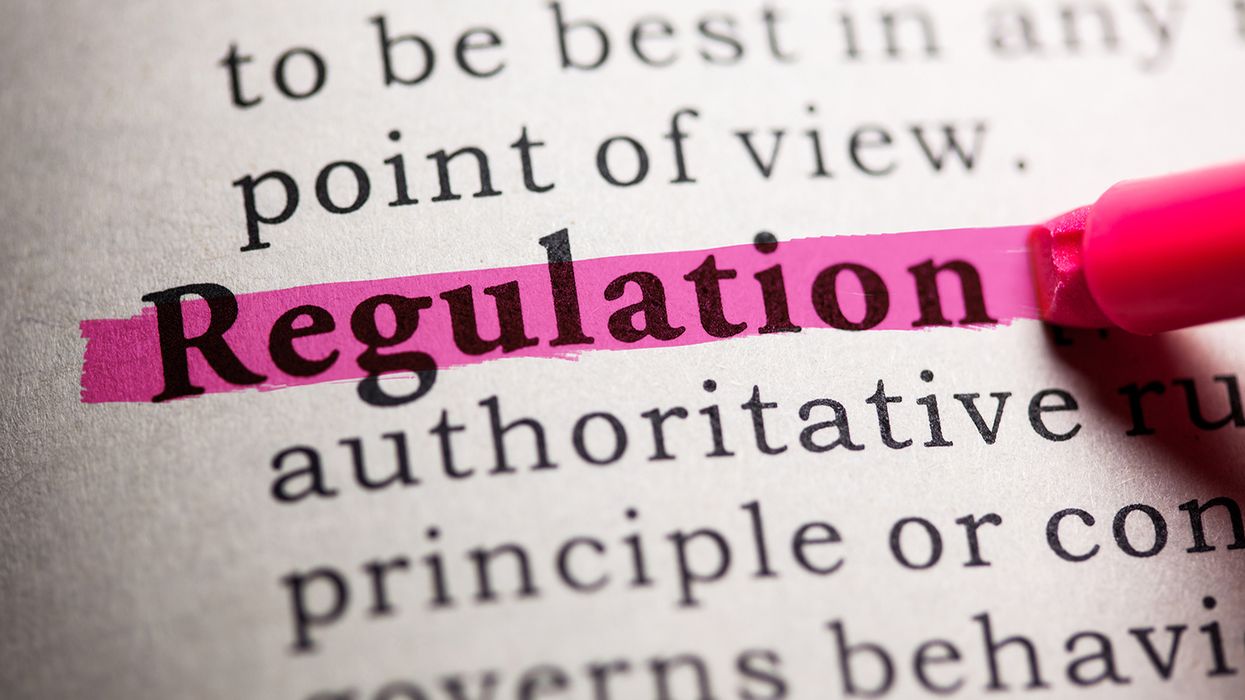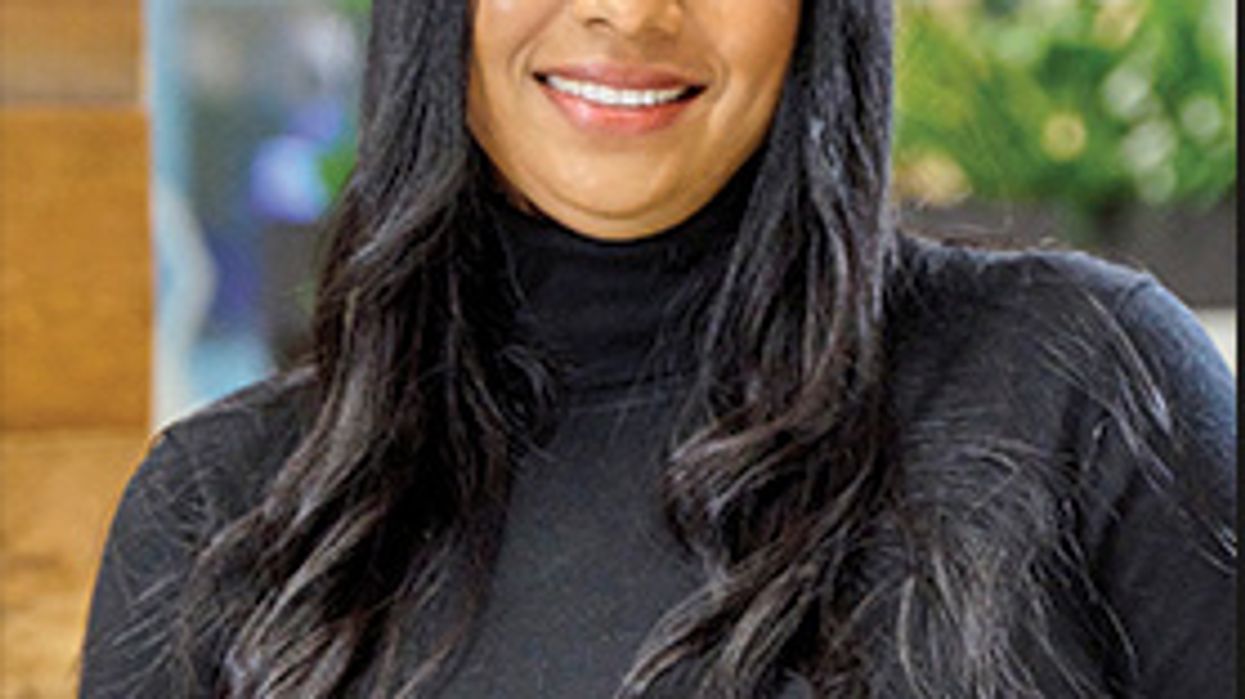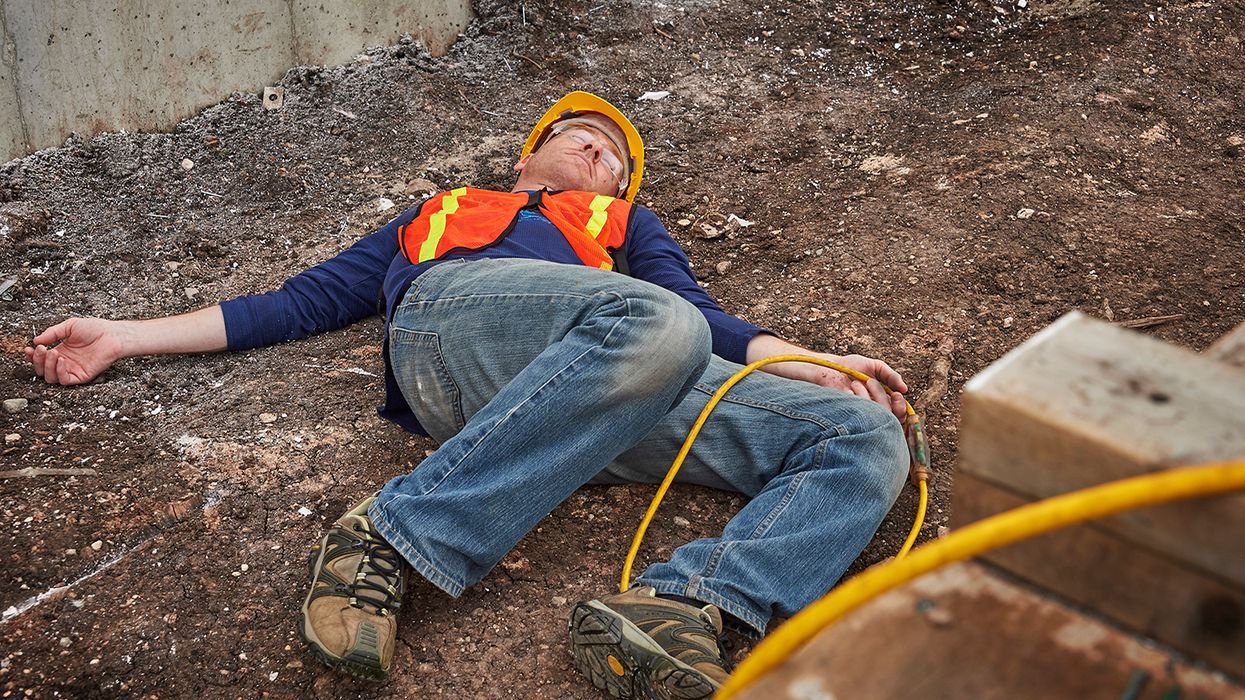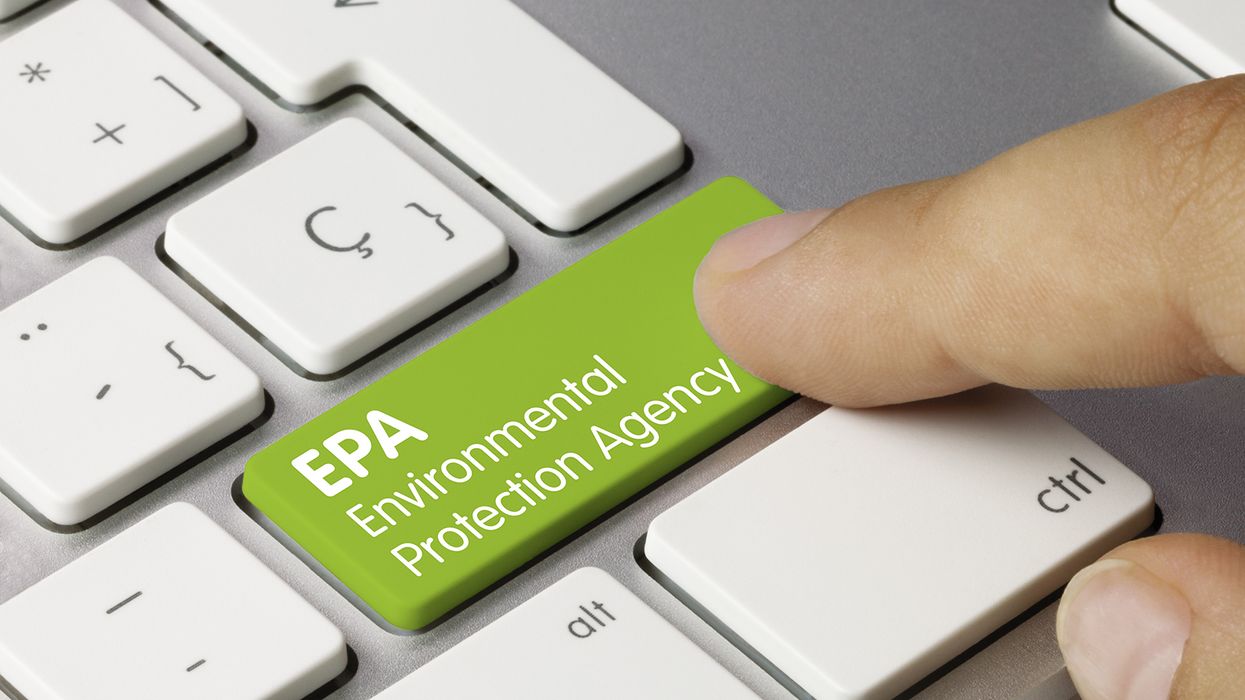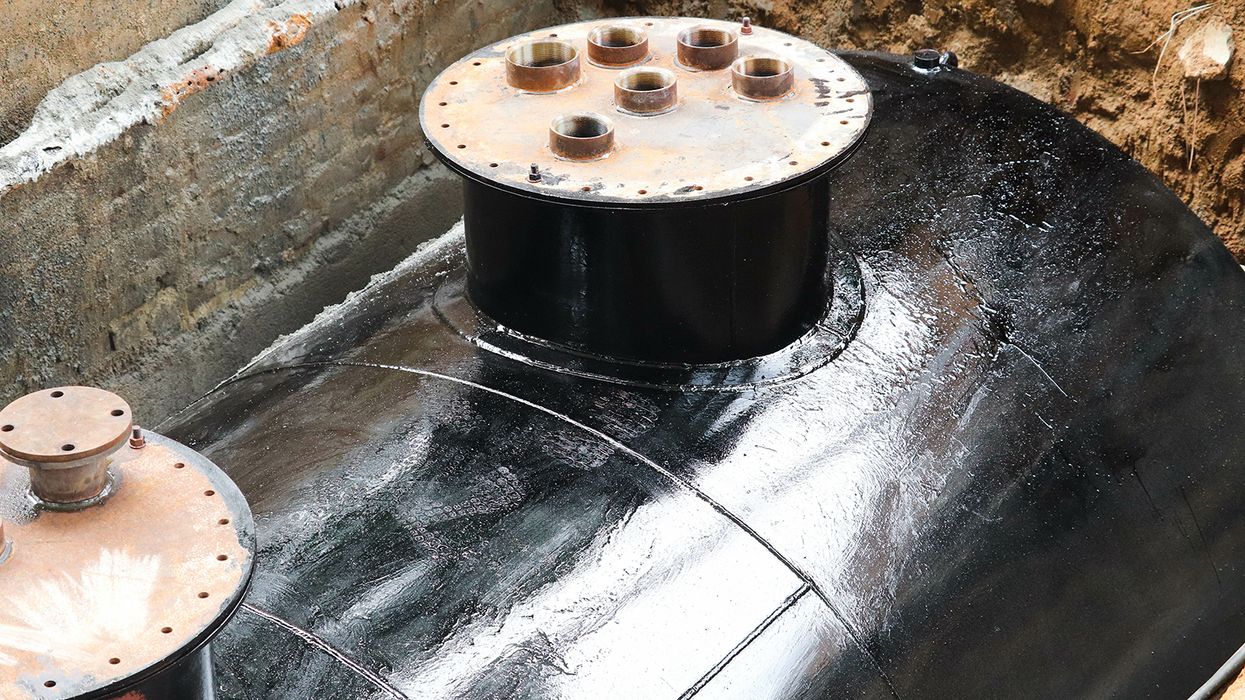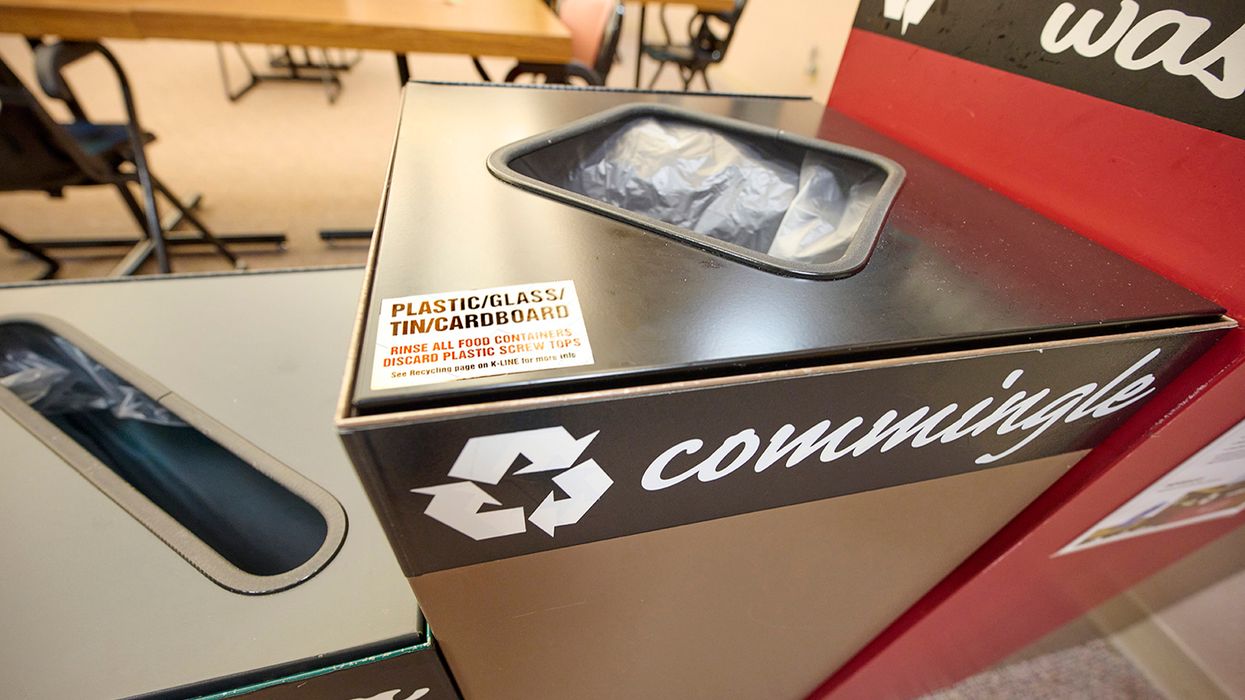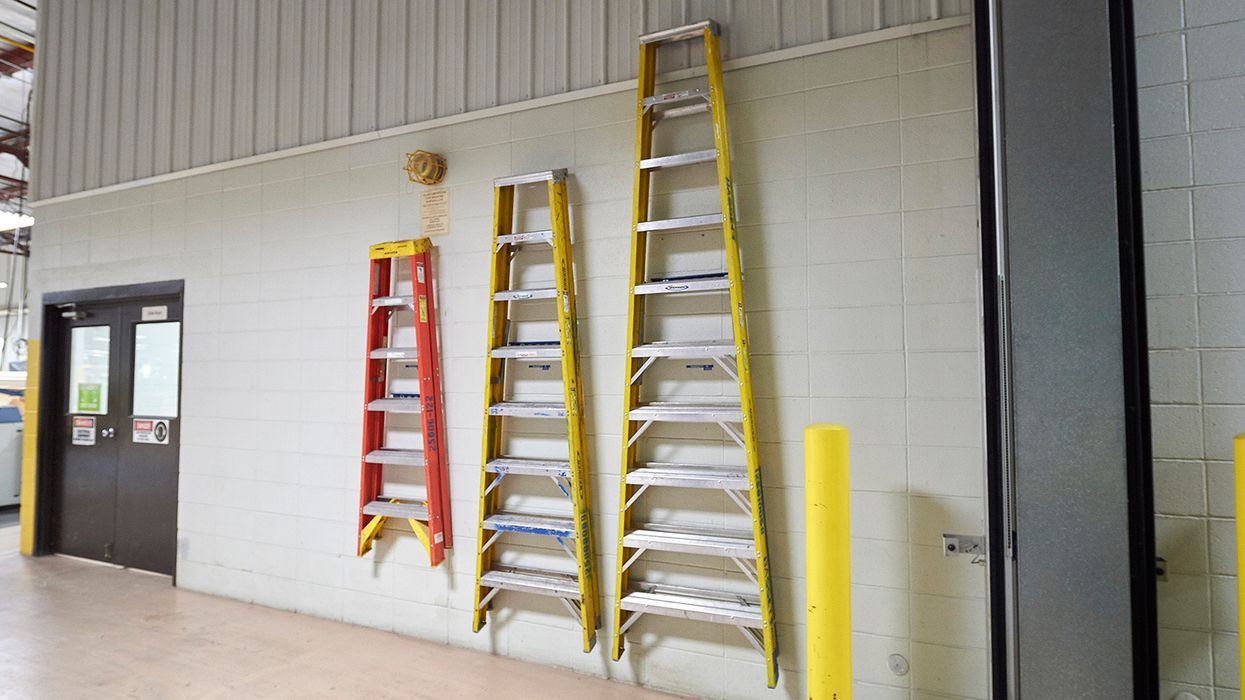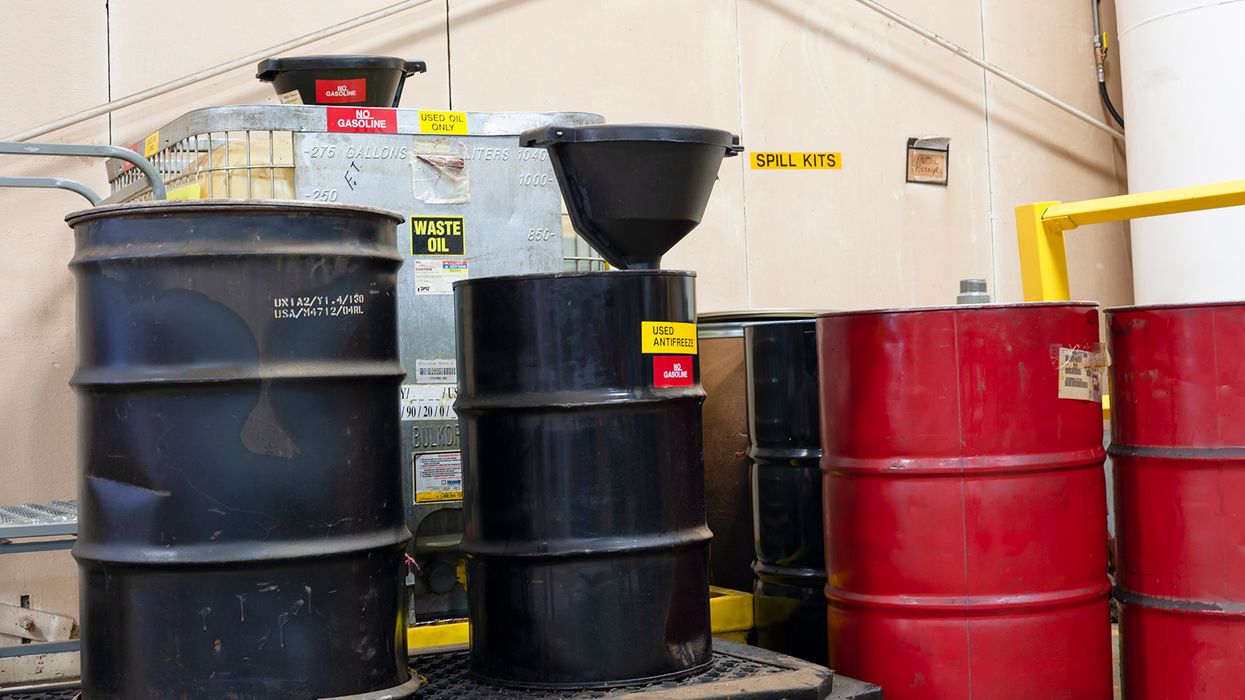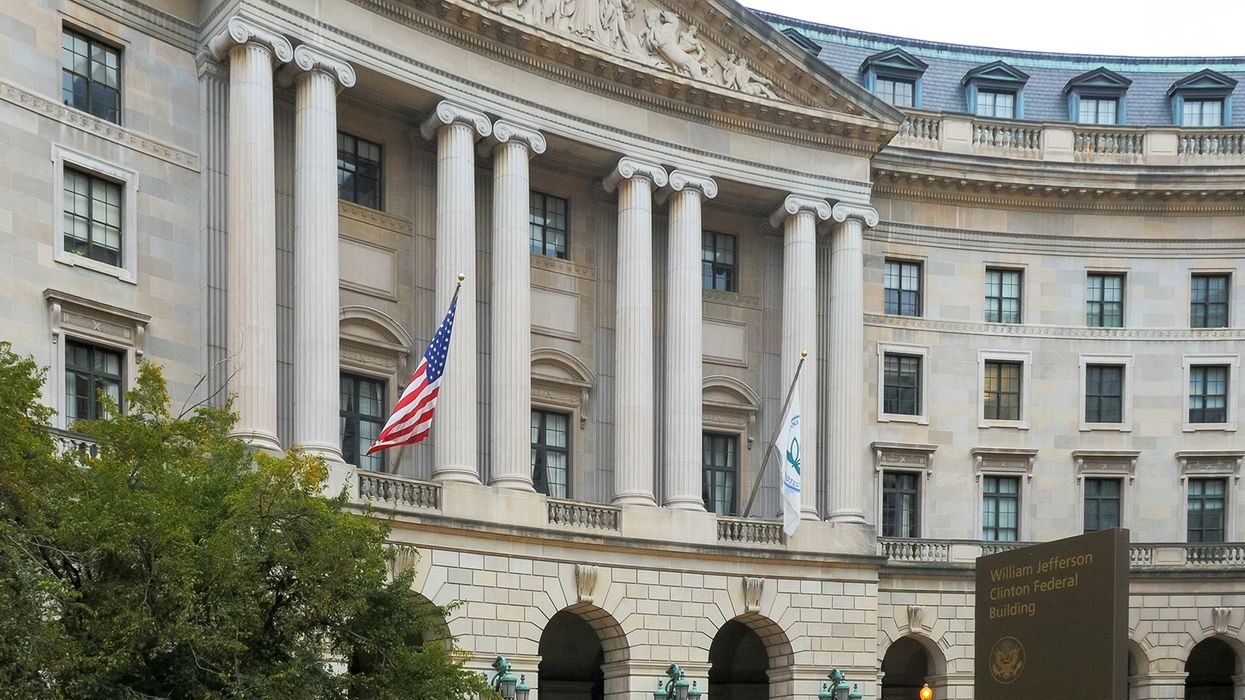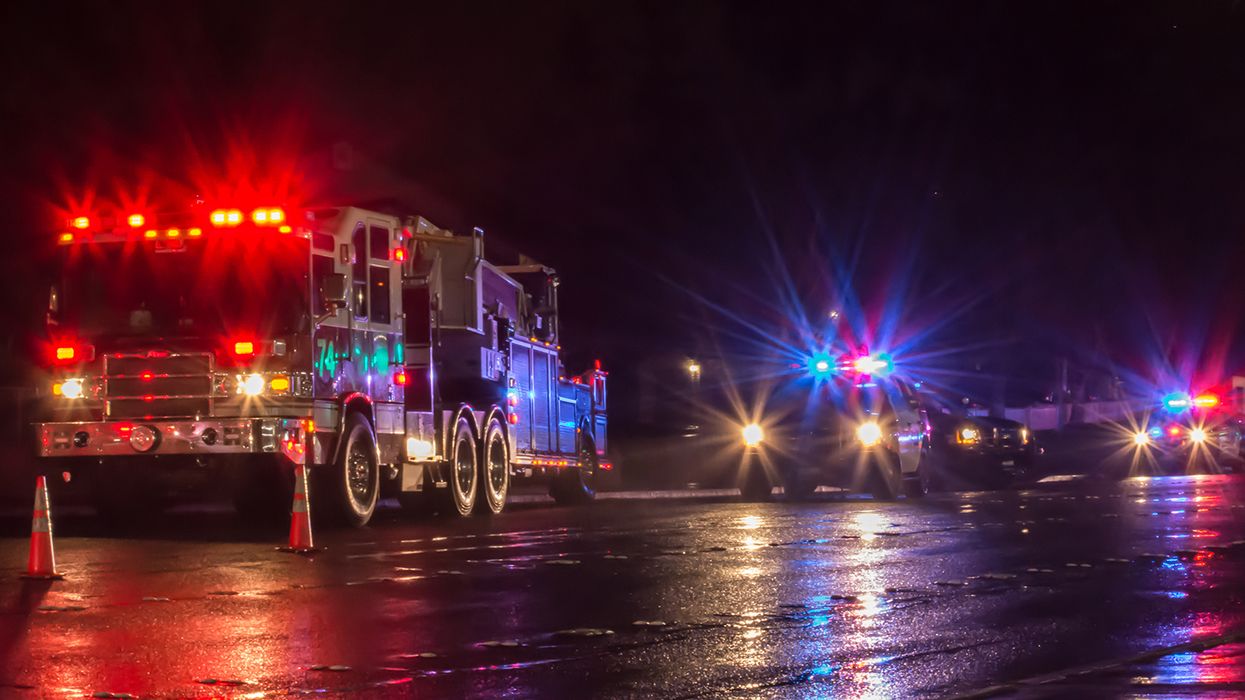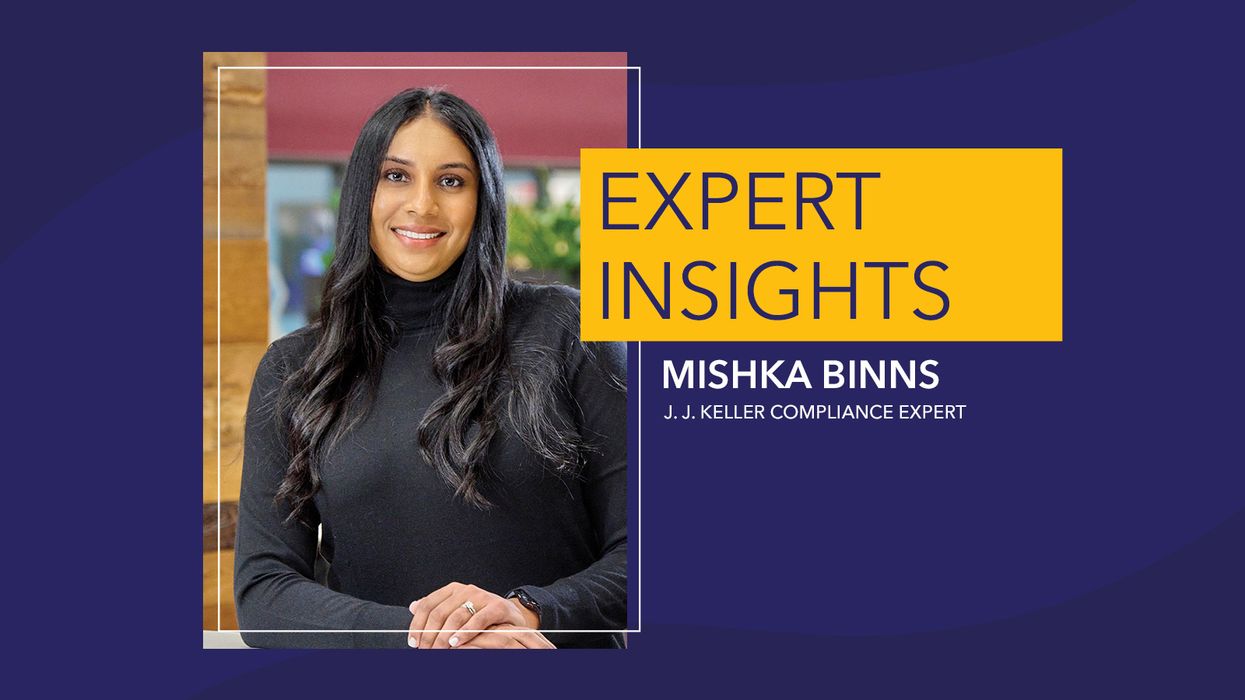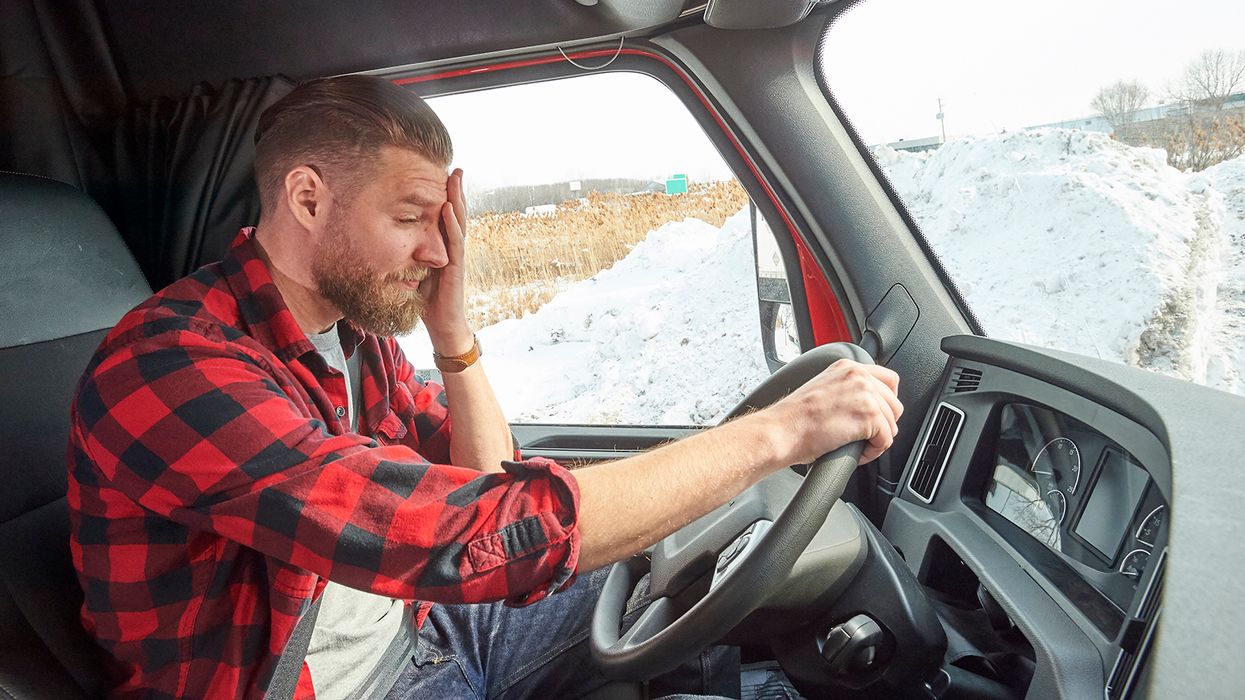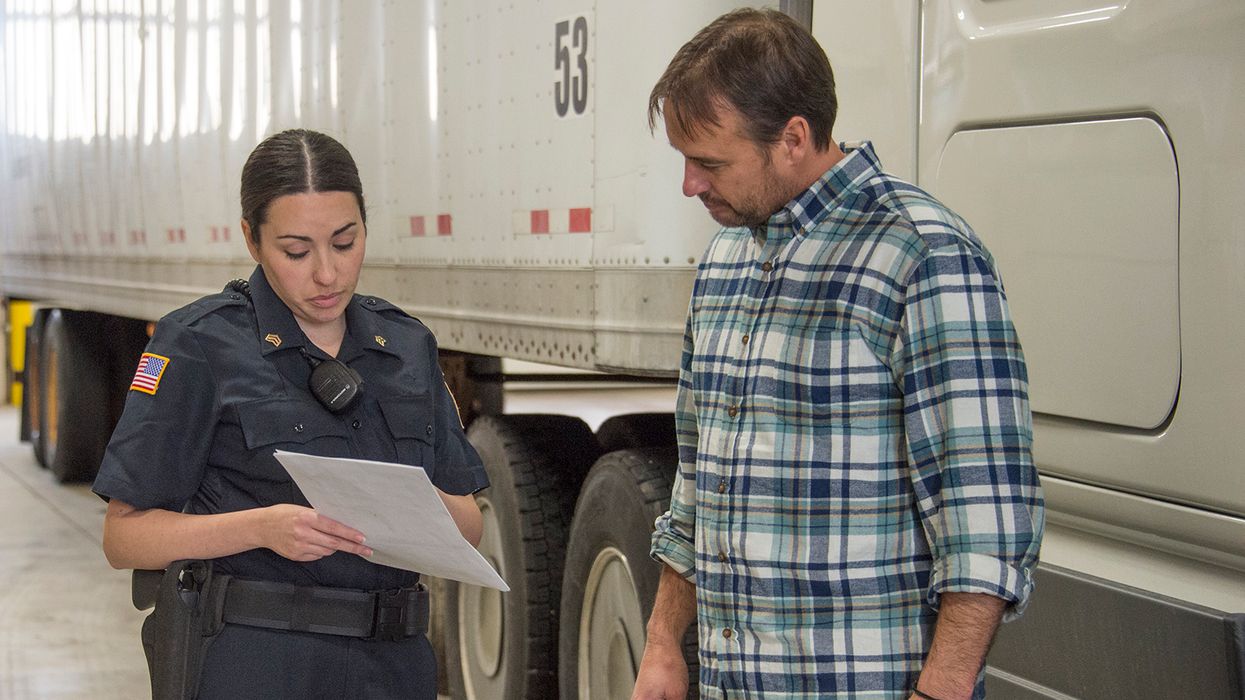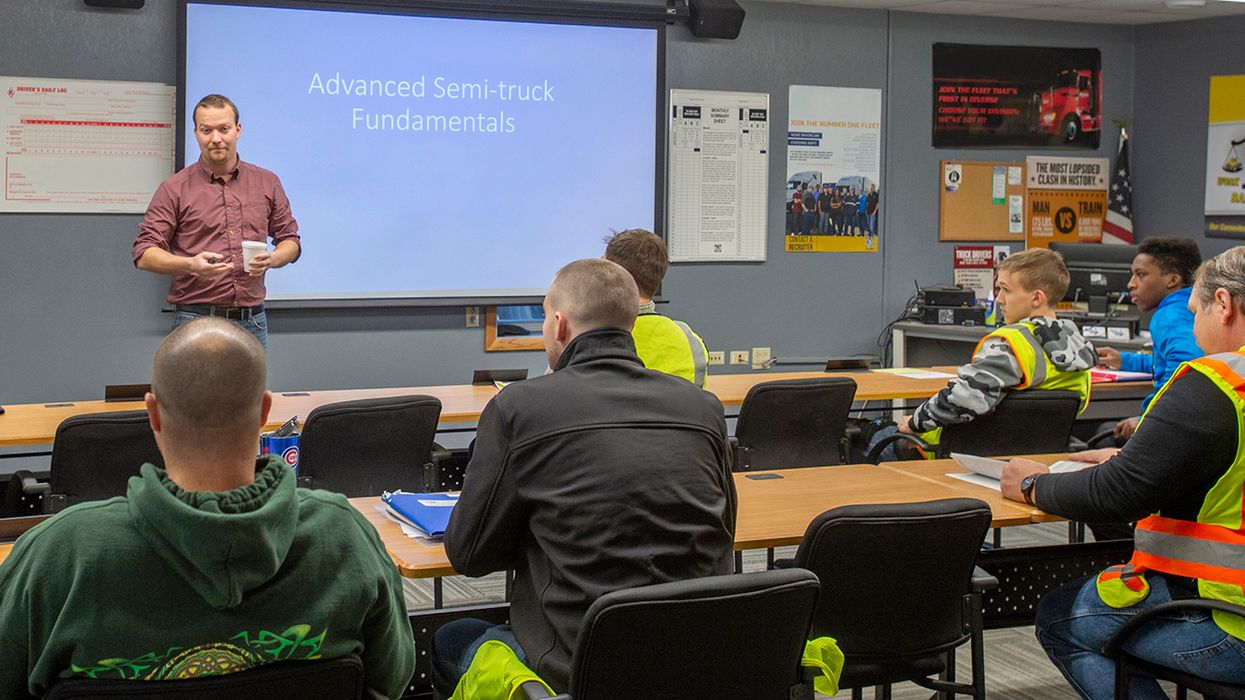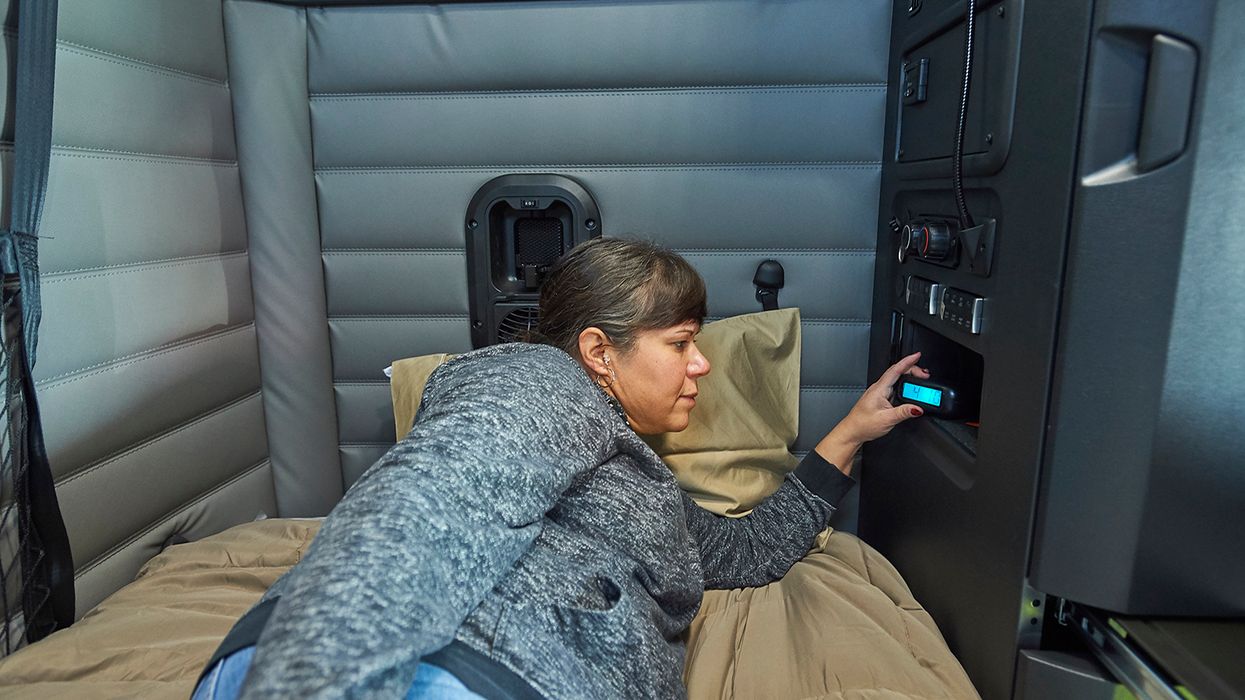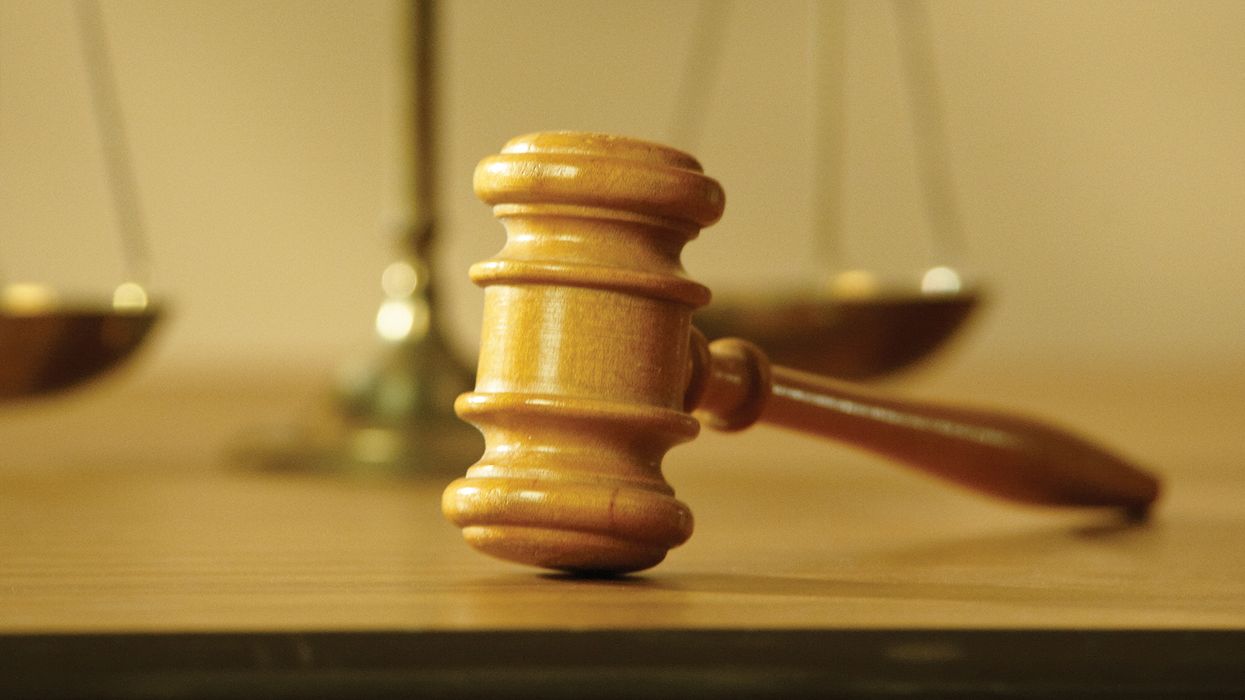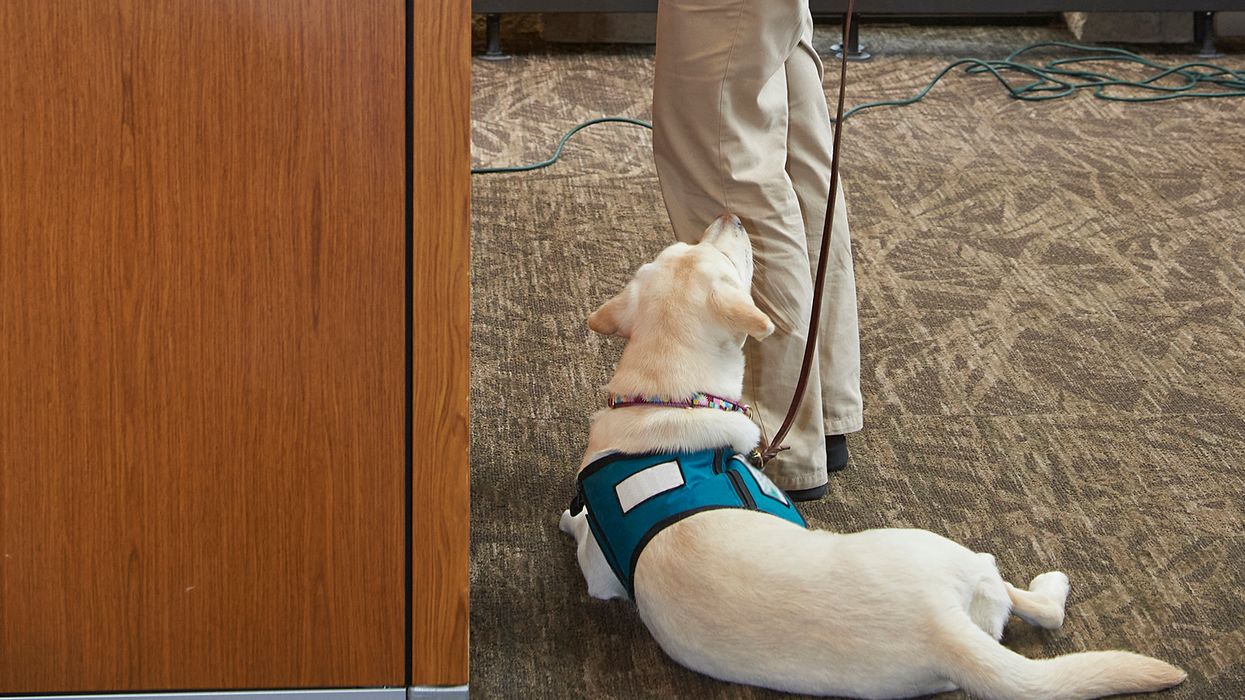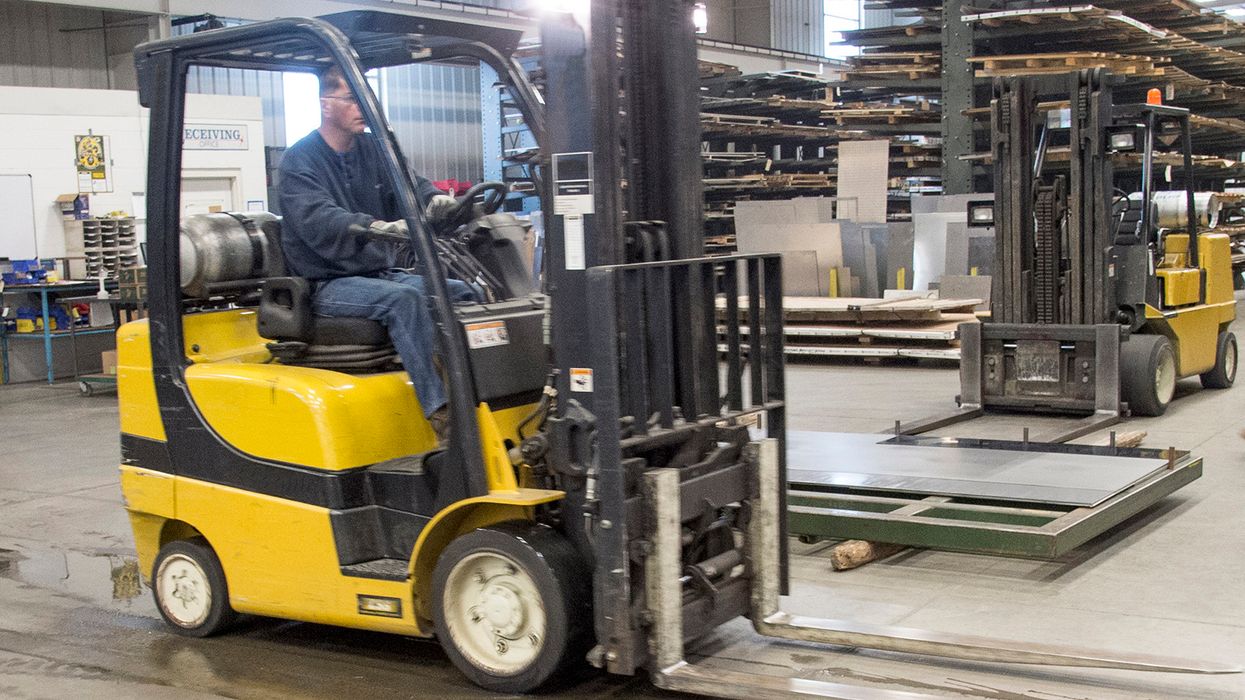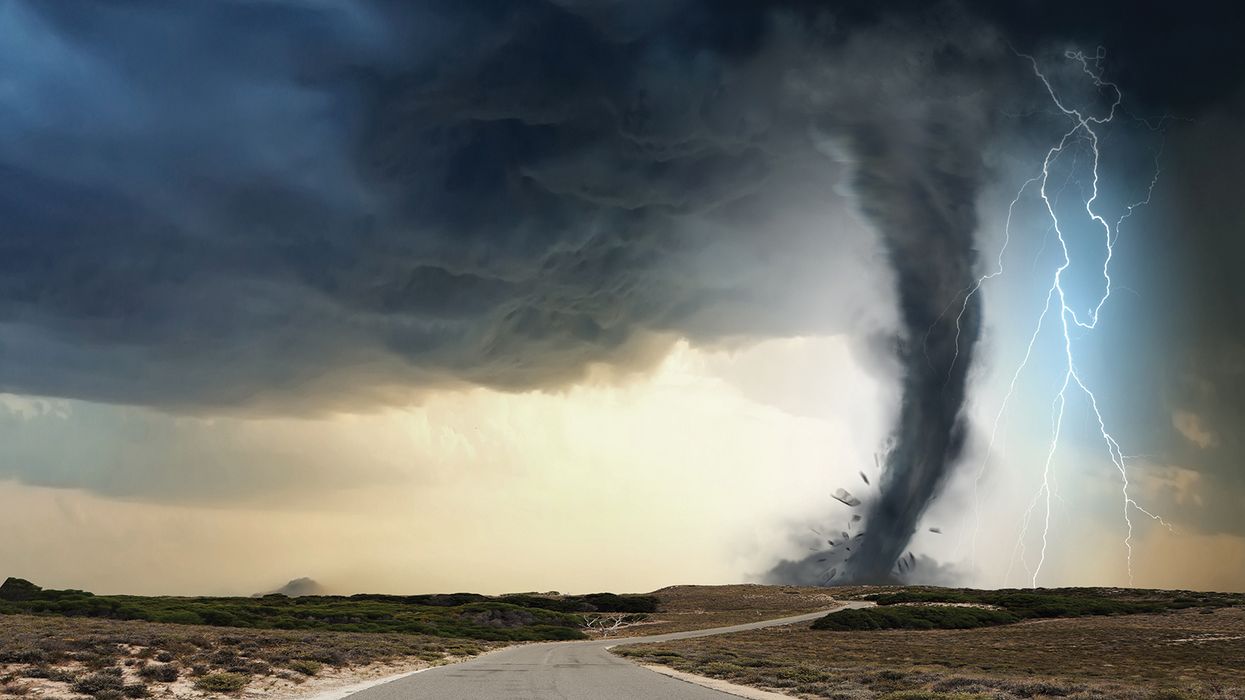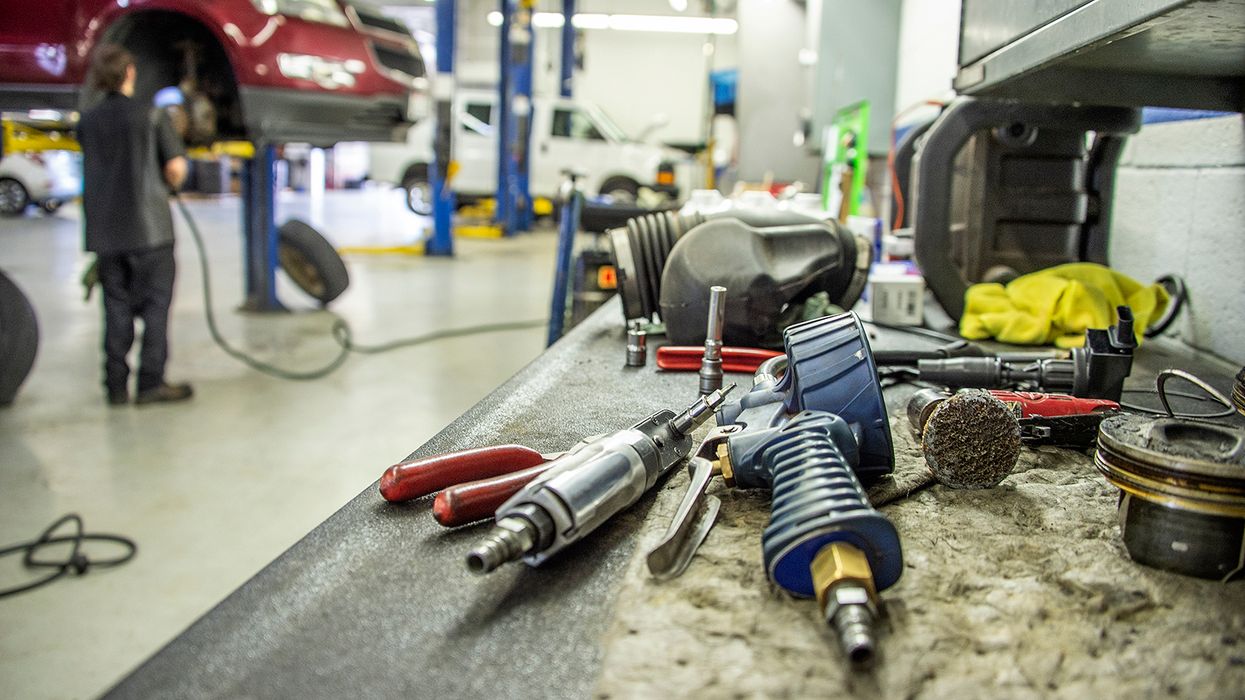OSHA Heat rule hearing is NOT a straw poll, agency argues
OSHA’s Heat proposal has worked up strong opinions from stakeholders, for and against the rule. Those opinions will not “really” persuade OSHA as it shapes its final Heat rule in accordance with the law. What will change the trajectory of the rule? A top official says it’s something more than sentiments.
What does OSHA want to hear?
The OSHA Director of Standards and Guidance, Andrew Levinson, tells J. J. Keller® Compliance Network that if you testify, you need to provide one or more of six things to move the needle:
- Your story;
- How the rule impacts you, your workers, or your industry;
- As much detail as possible;
- Suggestions and ideas for solving issues you have with the rule;
- Supporting data, research, or evidence; and/or
- Where and why you agree or disagree with other stakeholders.
Rehashing already submitted comments will not help. That does not add new information to the record. OSHA has combed through the 43,000 public comments on the proposed rule. So, the purpose of the hearing is to allow OSHA to gather information and clarify issues. OSHA wants a clear, accurate, and complete record.
An oral presentation to summarize and clarify (not repeat word-for-word) submitted written comments is encouraged. Witnesses should also engage OSHA with “new” or “deeper” insight. Presentation slides are welcome but must be submitted to OSHA, and OSHA will control the slides at the hearing. Once expanded information gets in the docket, OSHA can use it to transform the rule text as needed.
When is the hearing?
OSHA scheduled the informal public hearing to be held over 12 weekdays:
- June 16 to 18,
- June 20,
- June 23 to 27, and
- June 30 to July 2.
The hearing will begin each day at 9:30 am and end at 4:30 pm, Eastern time. The presiding administrative law judge (ALJ) has the discretion to alter the daily schedule. After the hearing concludes, a transcript will be made available in the docket.
Who can attend?
According to Levinson, anyone may tune in to watch the virtual hearing in real time using the links provided at https://www.osha.gov/heat-exposure/rulemaking.
The period to submit a notice of intention to appear (NOITA) closed on May 2, 2025. If you did not submit your notice by then, you will not be able to testify. On the flip side, those who filed an NOITA by that date are free to testify as scheduled. The latest schedule lists the dates and times assigned to those who will be participating.
The schedule prescribes the amount of time for each witness to testify. It also allots time for OSHA representatives to question the witnesses, as well as additional time for witnesses to cross-examine other witnesses when permitted by the ALJ.
The judge will assure that proceedings are fair, orderly, and timely and follow hearing procedures. Witnesses may not use question periods as a forum for debate. That’s because the hearing is legislative, not adjudicative.
Who can submit comments?
Levinson says a 90-day post-hearing comment and legal brief period will run until September 30, 2025, subject to the discretion of the ALJ. Only those who filed an NOITA by the May 2 deadline (whether testifying or not) will be allowed to provide additional evidence and data relevant to the proceeding and to file final written briefs.
Based on its review of the public comments already submitted, OSHA intends to ask questions of those who testify. Those witnesses may choose to submit their answers during the 90-day post-hearing comment period.
What happens after that?
After the post-hearing comment period, the hearing record will be closed and certified by the ALJ. At that point, OSHA may continue to the next step. That is, the agency may analyze the rulemaking record so that it may develop and publish a final rule. OSHA’s 2025 Spring Agenda, expected in the coming days or weeks, may or may not reveal the timing of a final rule.
Interestingly, the agency’s budget request for fiscal year 2026, posted on May 30, makes no specific mention of issuing a final Heat rule in fiscal years 2025 or 2026. Instead, it indicates that OSHA is currently reviewing regulatory activities as part of a change in administration. Still, the request claims that funding will allow the agency to:
- Move priority rulemakings through the regulatory process;
- Initiate additional rulemakings, including some to update older standards; and
- Advance several deregulatory initiatives.
Current requirements
Currently, federal OSHA uses the General Duty Clause to cite employers for extreme heat hazards. States may issue their own heat illness prevention laws and regulations, making for a patchwork of requirements nationwide.
Key to remember
The OSHA hearing on the Heat proposal will run from June 16 to July 2. You may watch the proceedings virtually. The agency urges testifying witnesses to provide supporting information, not just opinions, to further the rulemaking record.




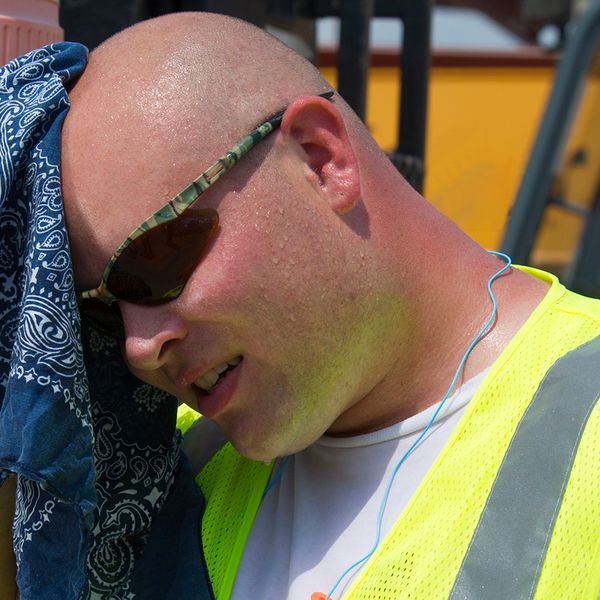


![OSHA Heat rule: 5 core elements win consensus with advisory committee [UPDATED]](https://jjkellercompliancenetwork.com/media-library/image.jpg?id=29723619&width=600&height=600&quality=85&coordinates=1312%2C0%2C1312%2C0)













